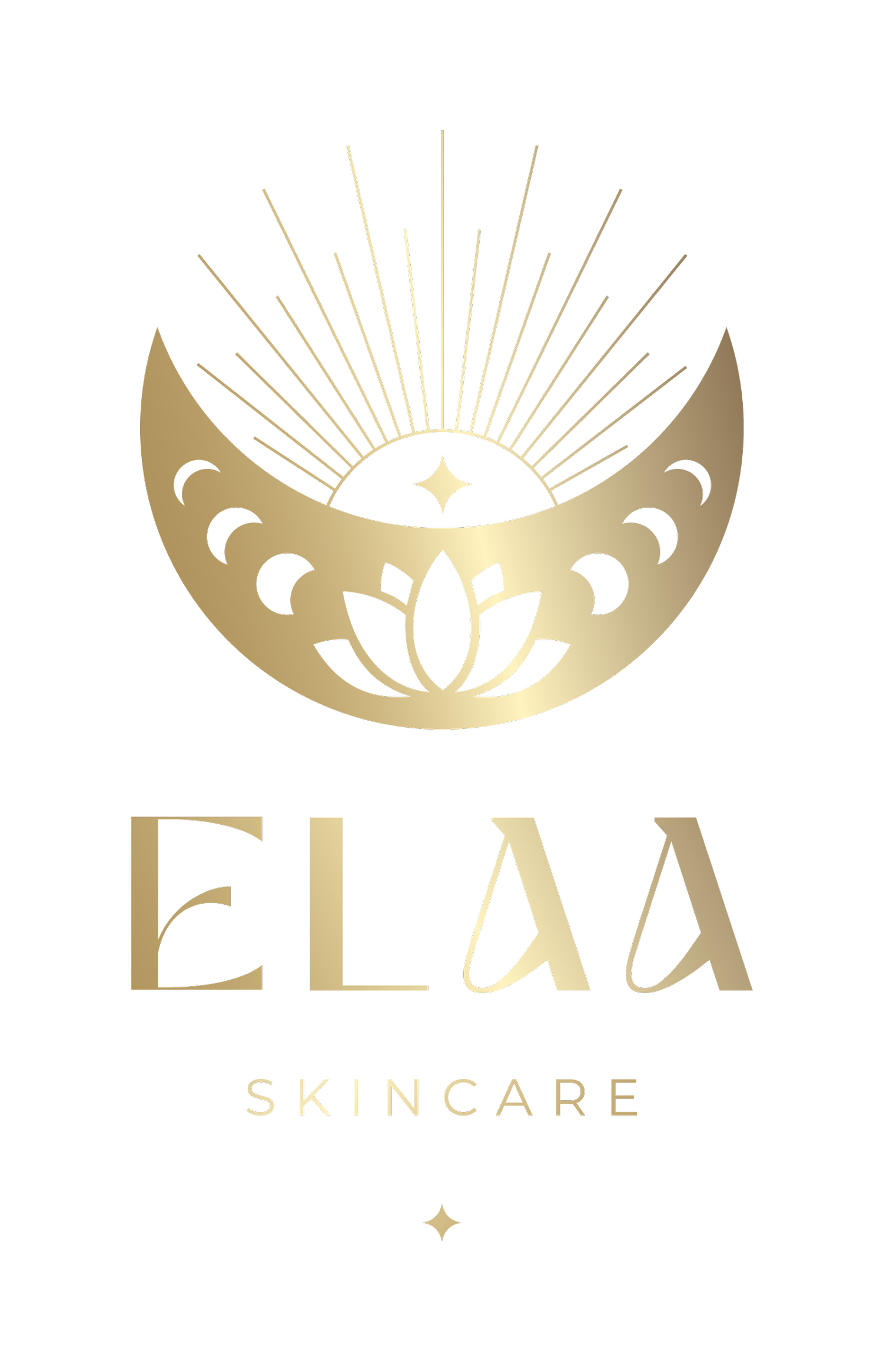Milia - What are they and what causes them?
I recently received a request for help from a friend, who had developed milia underneath her eye. She steamed her skin and tried taking saunas to open up the pores and then attempted to carefully expel the milia, but unfortunately the pesky little thing didn't budge. I have also tried to expel milia myself in the past, but I only caused damage to the surrounding skin, while the milia stayed firmly planted in my skin like cement. Fortunately, I did learn that there are several ways to successfully treat milia. In my next article in the series, I discuss the best ways to naturally treat milia and improve your skin at the same time. First thing first, in this article, I will focus on - what in the world are "milia" and what causes them?
What are Milia?
Milia (the plural of millium) are tiny white bumps, or cysts found just below the epidermis of the skin. These cysts can look similar to the whiteheads of pimples, but they aren't. Milia are filled with Keratin, which is is the primary structural fibrous protein that comprises the outermost layer of skin. Milia is most commonly found around the eyes, forehead, cheeks, nose, and chin.
Types of Milia
There are two types of milia, Primary and Secondary.
Primary milia develop when keratin becomes trapped under the skin, and is simply caused by a build up of dead skin cells, because the skin's natural exfoliation process is not properly functioning. Although milia can occur in people of all ages, this type of milia is actually found in 50% of newborn babies because their skin cells haven't yet begun the natural exfoliation process. Infant milia should not be treated, their skin is far too delicate and the milia will go away as the skin matures, usually within a few weeks. Primary milia in adults can be longer lasting, if left untreated.
Secondary milia are caused by injury or damage to the skin and are found wherever the injury or damage occurred. Skin wounds, burns, rashes, blisters, or sun damage can either cause damage to the skin pore itself or can cause excess skin cells to be lodged under the skin during the healing process. Secondary milia can also result from anything that too rapidly removes the outer layers of the skin and causes thinning of the skin such as topical steroids and retinoids. Laser treatments or dermabrasion can also potentially cause milia to form as the skin works to heal itself.
Milia Treatment
Milia Treatment - Natural ways to remove Milia & create better skin in the process

